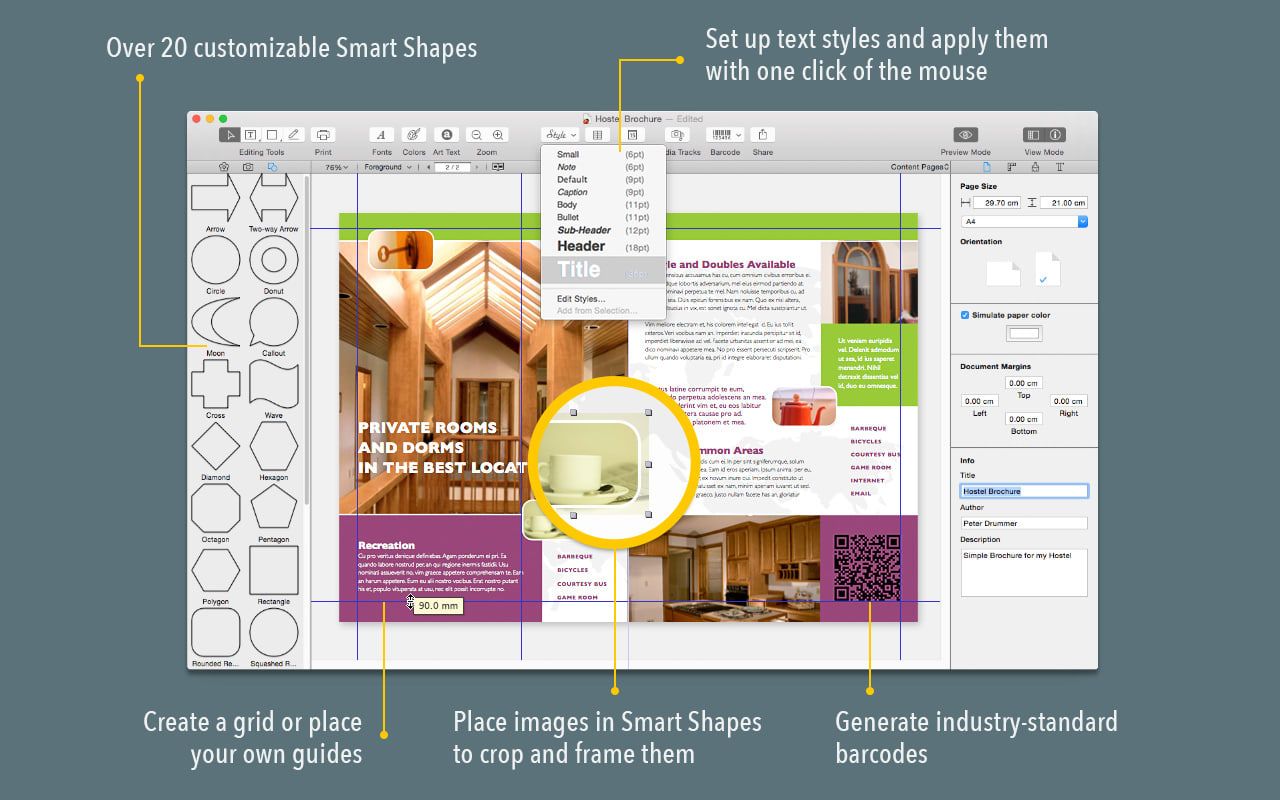

In present-day TMS publisher is used in a limited manner but it in the certain period of time it was used very much because MS Office is the part of it, so it is not been purchased separately, and it is easy to learn this software because most of its rules and orders are just like MS Office most importantly MS Word.
#Swift publisher does not open on mac code
Honestly, if it weren’t for code completion this would be rather hard to find, but here’s how it looks in code: (). From there we can connect to the timer publisher, and ask it to cancel itself. You see, the timer property we made is an autoconnected publisher, so we need to go to its upstream publisher to find the timer itself. Speaking of stopping the timer, it takes a little digging to stop the one we created. That will print the time every second until the timer is finally stopped.

This accepts a publisher as its first parameter and a function to run as its second, and it will make sure that function is called whenever the publisher sends its change notification.įor our timer example, we could receive its notifications like this: Text("Hello, World!") In the case of regular publishers like this one, we need to catch the announcements by hand using a new modifier called onReceive(). If you remember, back in project 7 I said “ is more or less half of – it sends change announcements that something else can monitor. It assigns the whole thing to the timer constant so that it stays alive.It connects the timer immediately, which means it will start counting time.(Run loops let iOS handle running code while the user is actively doing something, such as scrolling in a list.) It says the timer should run on the common run loop, which is the one you’ll want to use most of the time.It says the timer should run on the main thread.It asks the timer to fire every 1 second.The code to create a timer publisher looks like this: let timer = Timer.publish(every: 1, on. This is where the property wrapper gets its name from, and timer publishers work the same way: when your time interval is reached, Combine will send an announcement out containing the current date and time. Combine adds an extension to this so that timers can become publishers, which are things that announce when their value changes. It also gives us the Timer class, which is designed to run a function after a certain number of seconds, but it can also run code repeatedly. For example, both the property wrapper and ObservableObject protocols both come from Combine, but we didn’t need to know that because when you import SwiftUI we also implicitly import parts of Combine.Īpple’s core system library is called Foundation, and it gives us things like Data, Date, SortDescriptor, UserDefaults, and much more. We’ve actually been using parts of Combine for many apps in this series, although it’s unlikely you noticed it. This uses a system of publishers that comes from an Apple framework called Combine. IOS comes with a built-in Timer class that lets us run code on a regular basis.


 0 kommentar(er)
0 kommentar(er)
